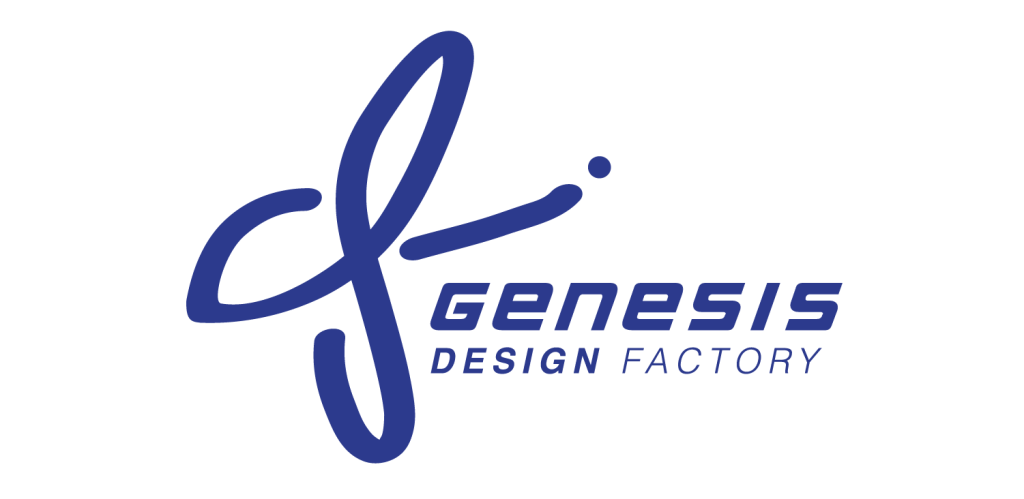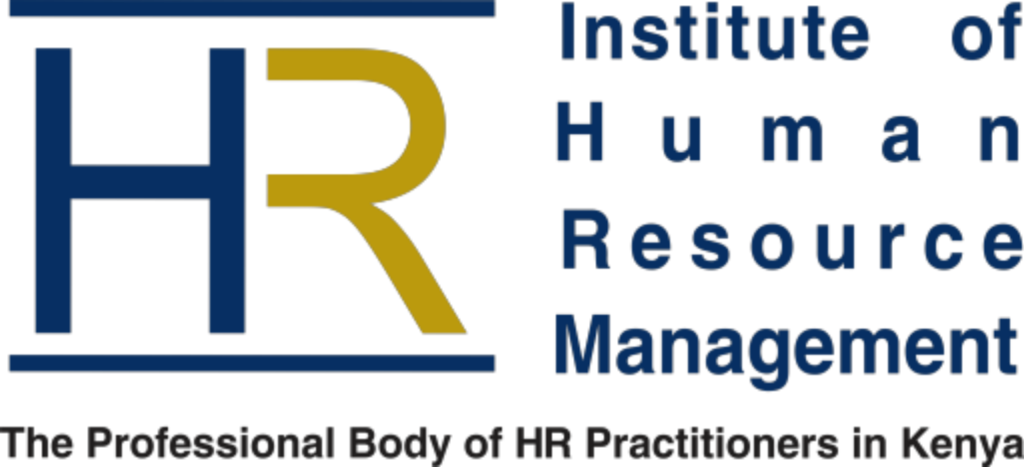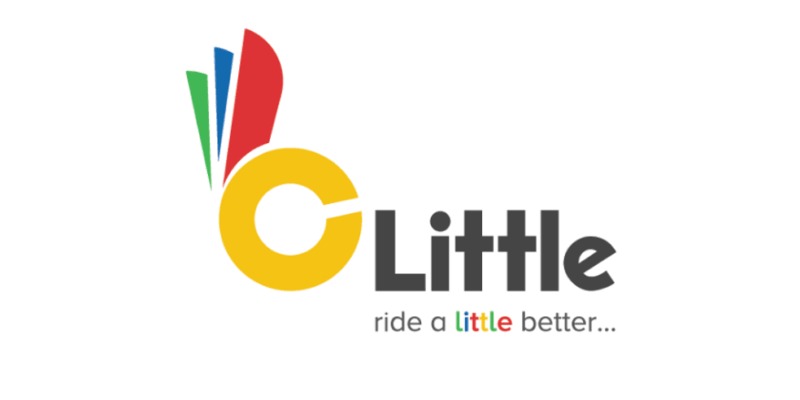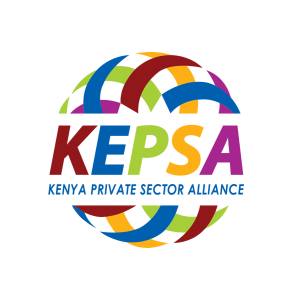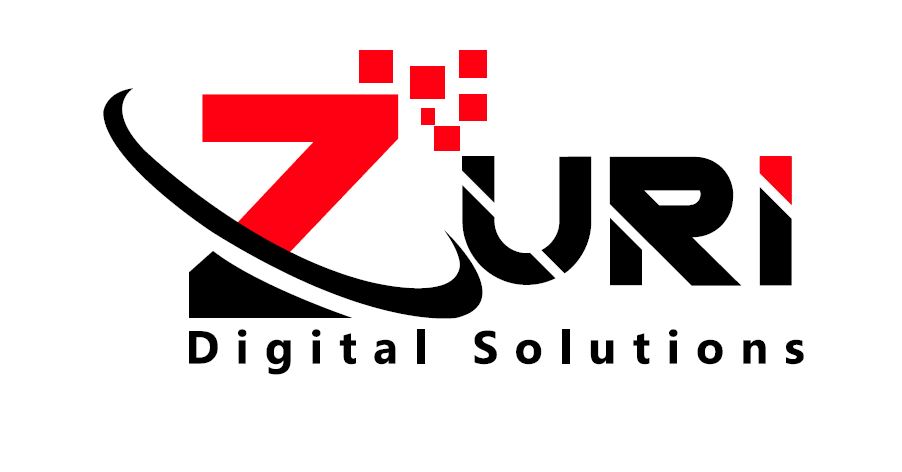Many things transform business and employee experience– the pandemic, changing demographics of the majority workforce, remote jobs, the global economic state, and more. The changes prompt businesses to alter the way they function. Human resources departments often see a lot of change, and 2023 will be no different.
Gartner listed the top 5 priorities and trends for HR in 2023, emphasizing that HR leaders make more investments in new technologies. Gartner stated that transforming HR into more automated and digital would be vital in managing employee expectations.
HR technology could be the edge companies need to impact employee retention and onboarding rates positively. Here is what HR professionals can expect concerning HR tech and the future of work.
HR Technology Trends For 2023
Better Cybersecurity
Digitalization makes HR processes like payroll easier, faster, and more accurate. But with the increasing use of the internet and digital devices comes the threat of cyber-attacks. So cyber security is a growing concern among businesses.
Data breaches can cost as much as $4.24 million annually. Therefore, HR management must be at the frontlines of ensuring company and employee data remains secure. How?
HR departments should develop a set of policies for data security. They must also ensure employees (remote and full-time) receive proper cybersecurity training. Investing in cyber security tech can support these efforts.
In addition, setting response plans for data breaches can help the company overall. Luckily, there is a significant drop in data breaches from 2022– a third of 2021 cases.
Tech Enabled Employee Self-Service
Human resources will give employees better control of their HR-related tasks and information. The tech-enabled employee self-service allows employees to update personal information, request time off, view pay stubs, and more. But why give employees access to this?
2023 is all about reducing the workload for HR departments and empowering employees as a means of improving employee engagement. Adopting employee self-service will make HR departments more agile and responsive to employee needs. In the long run, it will improve employee satisfaction and engagement.
Employee Monitoring Tools
Remote work has greatly changed what managers can and can’t do. Popping in to check up on employees is a thing of the past. Unfortunately, it is challenging to gauge employee engagement if they are scattered in different locations.
So HR professionals are increasingly investing in monitoring tools and regular pulse surveys. Monitoring tools can track time, productivity, or real-time application and website usage.
On the other hand, surveys gather employee feedback so HR employees can use the data to improve their experience. These tools are imperative in tracking and dealing with issues such as burnout.
HR can also use the data to designate training, coaching, and tips for improving employee productivity.
Data-Navigated DEIB
Enhancing diversity, equity, inclusion, and belonging (DEIB) is a project many organizations have been working on for the past decade. But many have been running efforts blindly or on paper.
So, HR departments are taking over, using data disclosures to measure outcomes, thus streamlining efforts for better success. Businesses will adopt more data-driven DEIB strategies for sourcing, hiring, onboarding, employee engagement, and policy formation strategies. Additionally, all these will rely on tech-enabled systems.
Gamification For Professional Learning
Employee learning and development is a core strategy for developing organizations. Upskilling and reskilling are the secrets to diversifying skills without getting new hires.
Unfortunately, the prevalence of remote and hybrid working conditions has made it challenging for businesses to keep up. In 2023, this will change as organizations embrace digital learning through gamification.
Corporate learning is beneficial and informative. However, it is not the first thing employees consider doing during their free time. Integrating the principle of gamification improves employees’ engagement with development programs.
Setting goals, giving instant feedback, proposing challenges, affirming the performance, and other game initiatives can help stimulate engagement and enjoyment. So employees’ mindset of professional advancements changes from boring to fun and rewarding.
Virtual Employee Well-being
The pandemic propelled the importance of employee well-being– particularly mental health. So more organizations began investing in programs and resources to support mental health among employees.
Surveys show that the population of large employers offering online resources to support mental health in the US will increase to 88% in 2023.
Employers plan to lower or waive costs for remote mental health services. In addition, companies plan to offer extensive training to managers so they can recognize and support employees who may experience mental health issues.
CHROs are advocating for telehealth mental health services that take trained professionals into the homes of remote employees.
Future Trends In HR Technology
It may not happen in 2023, but this is what the future of HR tech will look like:
- Metaverse. Researchers predict that 25% of people will spend at least an hour in Metaverse by 2026. So, it is essential to consider immersive virtual reality for interviews, virtual meetings, learning, development, etc.
- Artificial Intelligence. AI is the future of technology in 2023 and the coming years. Business leaders will adopt AI to create and test strategies for the recruitment process, employee development, overcoming bias, and more.
- Hyper Automation. If a task can be automated, then it should be hyper-automation. It has already taken form with features like AI chatbots.
HR Trends 2023
Human resource tech may be taking over, but so are these other HR trends:
- Skill-based hiring. Research shows skill-based hiring has increased in the past year as employers favour experience over academic qualifications.
- Flexibility. Remote work is one of many things that offer flexibility in work environments. Organizations are giving employees flexible work, including hybrid work models or fewer workdays or daily working hours.
- ESG compliance. ESG (environmental, social, and governance) compliance will now be necessary for talent acquisition. Job seekers are equally conscious of the need for sustainable practices from hiring companies. They may even make decisions based on it.
- Focus on HR teams. Research shows that HR teams struggle with burnout as they have been on the frontlines of workplace changes since the pandemic began. More organizations will focus on the HR burnout crisis for better processes.
So what will be the biggest HR or HR tech trend of 2023? It may still be too early to tell, so keep up with our weekly blogs that detail HR trends, employee management policies and priorities for 2023 business success. And when you need to outsource, remember Workpay has Africa’s best Africa’s best human resource management solution.





